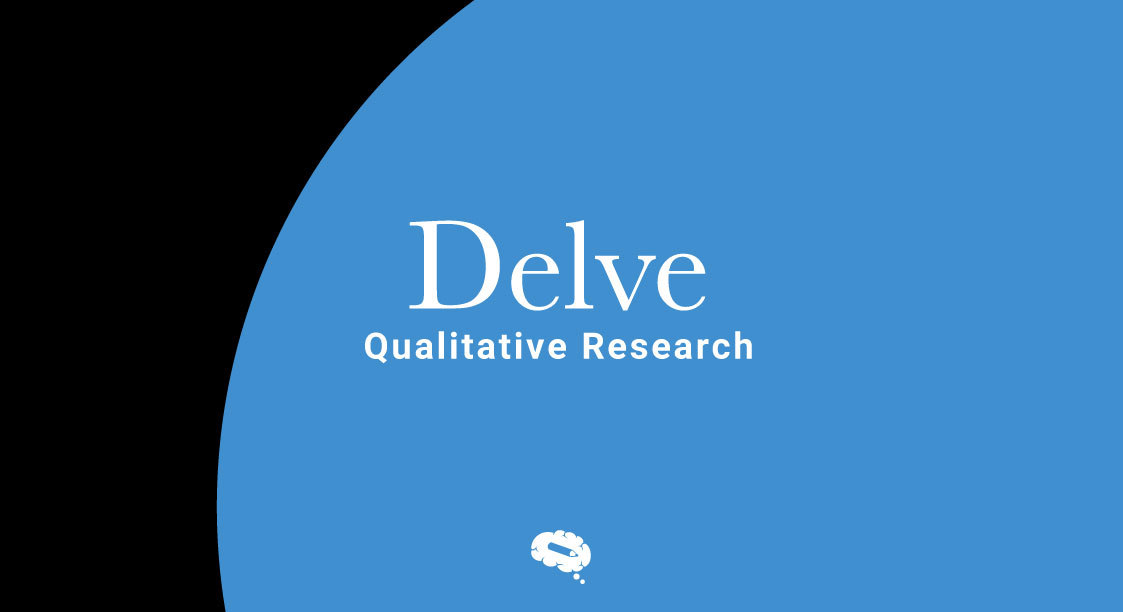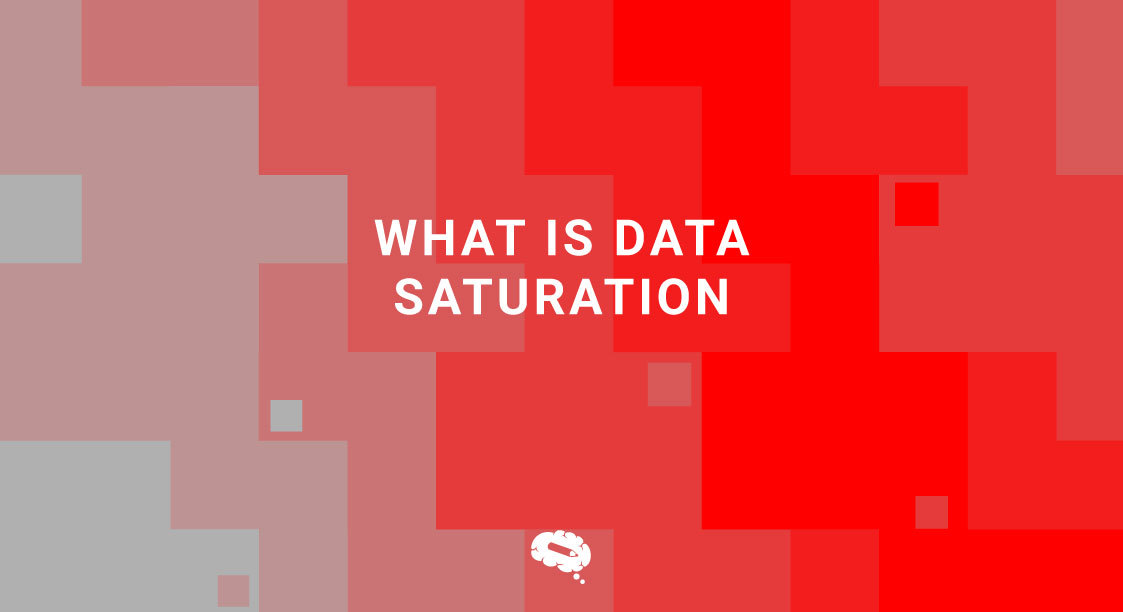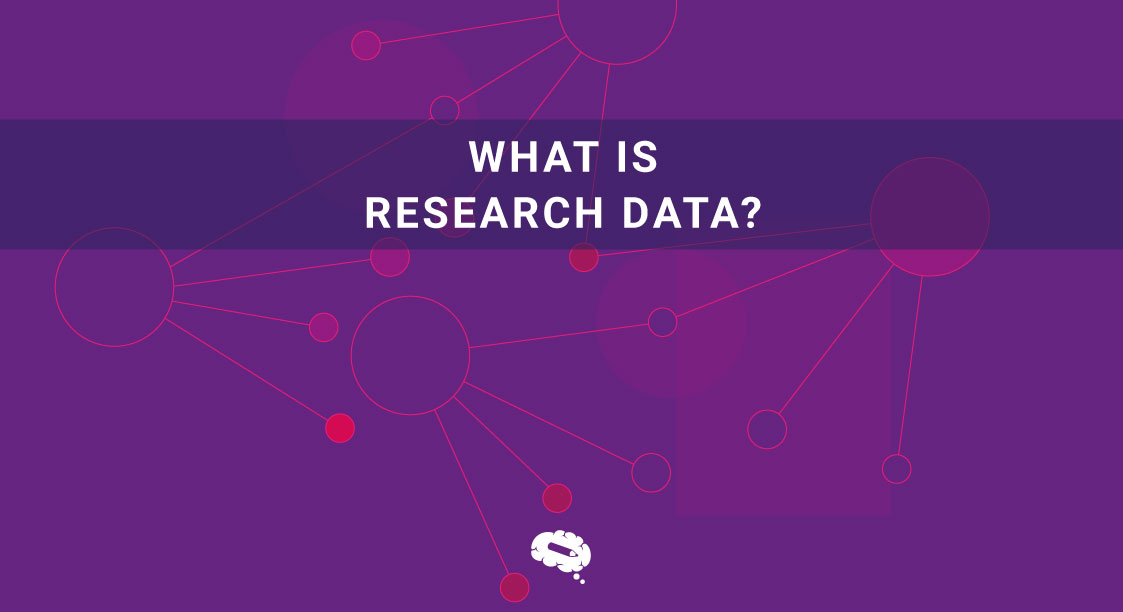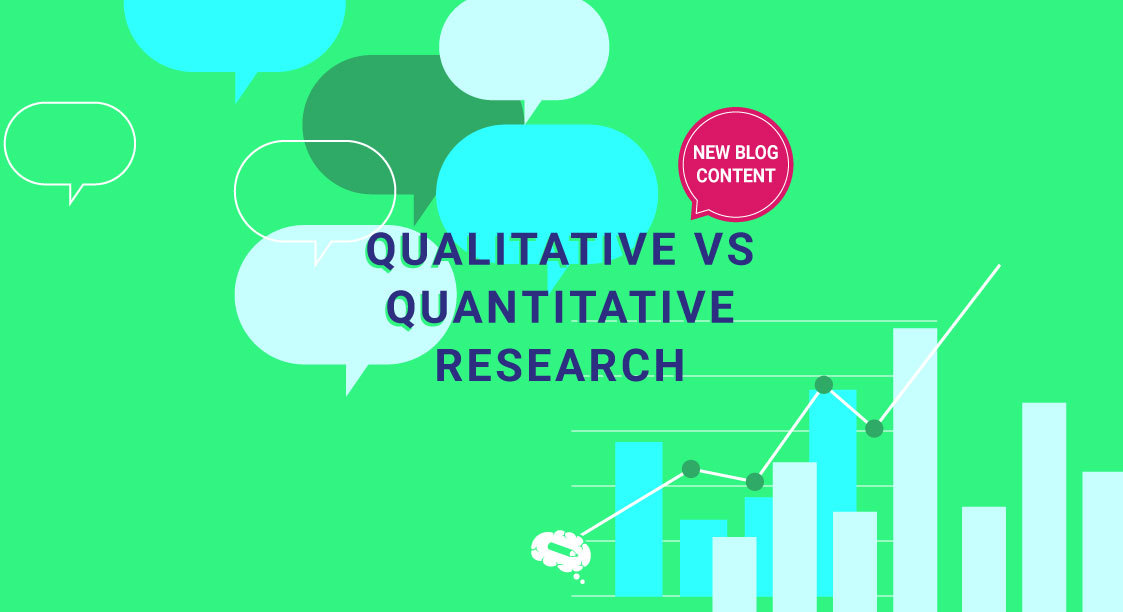Qualitative research offers researchers the opportunity to learn more about the complexities and nuances of a topic or phenomenon through in-depth analysis. Qualitative research focuses on understanding the essence of human experience, behavior, and perception instead of acquiring numerical data. It involves interviewing, observing, and analyzing documents in order to gather detailed, descriptive data. Researchers can uncover hidden patterns, explore diverse perspectives, and capture the nuances of the study by immersing themselves in the subject’s context.
For qualitative researchers, Delve serves as a powerful tool to support this methodology. Several features and functionalities make it easy to analyze and interpret data. Data coding, categorization, and visualization can be simplified using Delve, which simplifies the organization and management of qualitative data. Researchers can extract meaningful insights from their data by streamlining these processes with Delve.
What Is Qualitative Coding?
In qualitative research, qualitative coding refers to the systematic organization and categorization of data in order to identify patterns, themes, and concepts. During research, huge amounts of qualitative data are collected. Researchers can extract meaningful insights from data by using coding, which provides a structure for analysis. In this process, labels or codes are assigned to segments of text that represent specific ideas, concepts, or themes after reading or listening to the data, such as interview transcripts, field notes, or audio recordings. To organize our analysis, we group these codes together into broader categories or themes.
Researchers can gain a deeper understanding of the topic through coding, which uncovers connections and identifies recurring patterns. New insights are refined and revised as the process iterates and reflects. The qualitative coding process is essential to transforming raw qualitative data into meaningful and interpretable findings.
What Types Of Qualitative Data Can Be Coded?
Various types of qualitative data are categorized and analyzed using qualitative data coding. There is no limit to the types of qualitative data that can be coded in order to identify patterns, themes, and relationships. An interview, focus group discussion, observation, document, photograph, video, or even social media post can all be coded.
The researcher can code not only the verbal responses of the participants, but also their body language, emotions, and non-verbal cues. Identifying themes and divergent perspectives among participants can be achieved through coding focus group discussions. Behaviors, interactions, and contextual details can be captured in observations in naturalistic settings or controlled environments. Coding can uncover underlying themes or ideologies in documents, such as written texts, reports, or archival materials. Identifying visual patterns or representations can be achieved by coding visual data, such as photographs or videos.
Along with these traditional sources of data, qualitative researchers can also collect data online, such as on social media, blogs, or online forums. People’s experiences, opinions, and narratives can be gleaned from these sources.
Get Started With Delve Qualitative Research
With Delve, users can organize their data, analyze it, and visualize it in a collaborative and intuitive way. No matter what your role is, Delve offers a seamless way to dive into your datasets, whether you’re a researcher, data analyst, or simply someone trying to gain insights from it. You can import your data into Delve from spreadsheets, databases, and cloud storage platforms.
It’s easy to import data regardless of its source with Delve because it supports a variety of file formats. The intuitive Delve interface provides interactive visualizations and tools for exploring your data once you have imported it. With Delve, one can slice and dice the data to discover patterns and trends using filters, sorting, and aggregating. Collaboration is also supported by Delve, allowing multiple users to work on the same dataset simultaneously, facilitating knowledge sharing and teamwork. No matter your level of expertise, Delve makes it easy to extract meaningful insights from your data.
The Most Valued Features
Researchers looking for an efficient and comprehensive way to discover and manage information can benefit from Delve. There are several features in Delve that improve the research experience, making it a powerful research tool. Among its most valued features are:
- Delve provides an intuitive and user-friendly interface, enabling researchers with various levels of technical expertise to use the platform efficiently and effortlessly.
- Researchers can extract meaningful insights from rich, narrative-based data with Delve’s comprehensive tools and techniques.
- The platform supports the visualization of data in a number of compelling and easily understandable formats, including charts, graphs, and word clouds.
- Identifying themes, patterns, and connections within qualitative data is simplified with Delve’s coding and categorization tools.
- Researchers can collaborate using the platform by working together, sharing annotations, and discussing findings, facilitating collaboration among colleagues.
- Privacy and security of qualitative data are Delve’s highest priorities, with robust encryption measures and access controls to ensure data remains confidential and secure.
- For researchers working in diverse languages and cultural contexts, Delve offers integrated transcription and translation services to streamline the data collection process.
- Researchers can leverage their existing software and methodologies and integrate the platform with other qualitative research tools, enhancing workflow efficiency.
Methodological Advantages
There are several methodological advantages to using Delve to analyze qualitative data. Delve’s features and functionalities enable researchers to gain deep insights into the complexities of human experiences by analyzing their data. For qualitative data analysis, Delve has the following methodological advantages:
- A comprehensive exploration: By immersing themselves in narratives, interviews, and observations, researchers are able to gain a comprehensive understanding of the research subject.
- Pattern identification: Using Delve’s tools and techniques, researchers can code, categorize, and organize data, identifying recurring themes, trends, and relationships.
- An in-depth analysis of subjective human experiences: Delve provides transcription and translation services to accurately capture diverse perspectives, cultural nuances, and contextual influences.
- Rich layers of meaning: Delve allows researchers to explore qualitative data in depth and uncover the complexities of the phenomena they are studying.
- Qualitative research validity and rigor: Delve’s methodological advantages ensure that qualitative research findings are reliable and accurate, promoting a thorough and nuanced understanding of research subjects.
- Research insights: Delve offers tools that enable researchers to capture diverse points of view, analyze cultural contexts, and capture diverse perspectives.
Applying Delve Qualitative Research
In order to use Delve effectively for qualitative research, here are the steps you need to follow:
Get Familiar With The Platform
Learn about Delve’s features and functionality by exploring its interface. Navigate the platform, learn the layout, and locate the key tools and options.
Data Import And Organization
Import qualitative data into Delve. Any other relevant data sources, such as interview transcripts, field notes, or documents, can be included here. As you conduct your research, organize your data logically by creating folders and categories.
Code And Categorize Your Data
Delve’s coding and categorization tools can help you organize and analyze your data. Identify key themes, patterns, and concepts in your data by developing a coding scheme or framework. To categorize and analyze your data systematically, apply relevant codes to specific segments.
Analyze And Interpret Your Data
Analyze and interpret the coded data that you have collected. Explore patterns, relationships, and trends in your data with Delve’s visualization options. Present your findings in an informative and meaningful manner by using charts, graphs, or word clouds.
Collaborate And Share Insights
Work with team members or seek input from others using Delve’s collaborative features. Within the platform, you can share annotations, discuss findings, and exchange insights. By collaborating on your research, you can receive a variety of perspectives on your data analysis, which can enrich your research process.
Ensure Data Security And Privacy
Data security and privacy are of utmost importance to Delve. Make sure your qualitative data is protected and confidential by familiarizing yourself with the platform’s security features and encryption measures. Manage data and access controls within Delve in accordance with best practices.
Get Support And Resources
Delve offers comprehensive support. Get assistance from Delve’s documentation, tutorials, and customer service. Learn more about the platform and its features by exploring the available resources.
Stay Up-To-Date
Delve introduces new features and enhancements on a regular basis. Keep up-to-date by checking for updates and announcements from Delve. Utilizing these features will enable you to enhance your qualitative research process even further.
Increase Your Work’s Impact And Make It More Significant
By visualizing themes, illustrations can add depth and clarity to thematic analysis. A visual presentation of information facilitates comprehension and learning. Through carefully designed visual representations, we help you communicate your scientific findings. Your analysis can be enhanced effectively using Mind the Graph, making it more accessible to a wider audience.
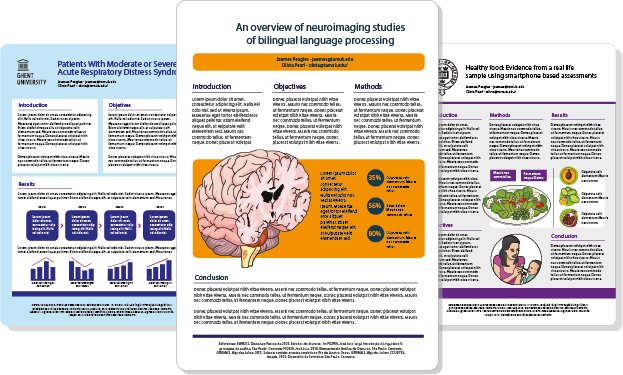

Subscribe to our newsletter
Exclusive high quality content about effective visual
communication in science.

